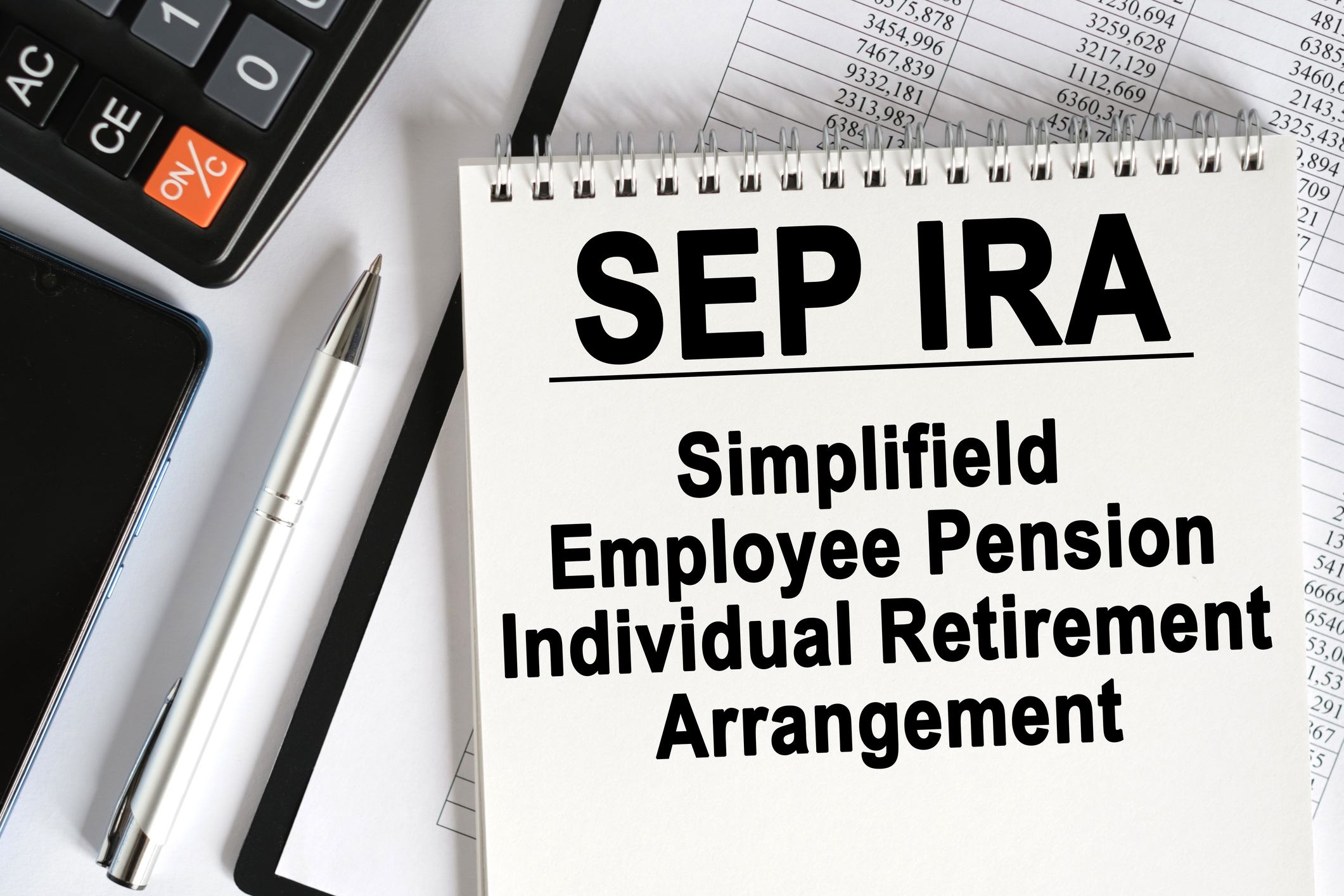Retirement Planning: The Benefits of Working Longer
Staying in the workforce provides a social outlet and boosts your nest egg.
Daryl Owens has experienced more curveballs in the past decade than many people face in a lifetime. A New Orleans native, she lost her home and all her possessions in 2005 to Hurricane Katrina. With most of the hospitals in New Orleans shut down, she was forced to pursue her career as a nurse anesthetist elsewhere. She and her husband, Daryl Nichols (the couple connected over their shared, unusual first name), moved seven times before returning to the New Orleans area in 2007. They were just beginning to discuss retirement when Nichols died of a heart attack, at age 64.
Owens, who had found part-time jobs with an ocular plastic surgeon and at the Fairway Medical Surgical Hospital, in Covington, La., immediately took retirement off the menu. "I was 64 at the time," says Owens, who's now 65. "You don't need to isolate yourself after your spouse passes away. It was so wonderful to be around people and to be doing what I was trained to do that I knew that I wanted to continue to work past 65."
Finances also played a role in the decision. Owens had already tapped retirement accounts at one point to meet expenses. And she experienced a precipitous drop in her investments during the worst of the recession. (The investments have since rebounded.) After that tumultuous period, she didn't want to take any chances with her nest egg. "I felt that if I could continue to work and support myself and not have to go into my very carefully planned retirement fund, it would be a win-win," she says.
From just $107.88 $24.99 for Kiplinger Personal Finance
Become a smarter, better informed investor. Subscribe from just $107.88 $24.99, plus get up to 4 Special Issues

Sign up for Kiplinger’s Free Newsletters
Profit and prosper with the best of expert advice on investing, taxes, retirement, personal finance and more - straight to your e-mail.
Profit and prosper with the best of expert advice - straight to your e-mail.
In some significant respects, Owens is in good shape: She started saving for retirement at the beginning of her career and has always contributed the maximum to her 401(k)—that's $17,500 in 2014, plus $5,500 in catch-up contributions for people 50 and over. She has amassed a seven-figure sum. Plus, she receives survivor benefits from her husband's employer pension and Social Security.
Owens plans to keep working until she is 70, when she will trade her Social Security survivor benefit for the higher benefit based on her own work record. That amount rises 8% a year for each year she delays claiming it between age 66 and 70. And by working longer, she will have to take less out of her retirement accounts later. "All of that means that her plan is in much better shape than it would have been had she retired and taken Social Security earlier," says her financial planner, Lauren Lindsay, of Personal Financial Advisors, in Covington, La.
Owens is satisfied that she made the right decision. "Working is a social and a healing process for me, and I also have the benefit of getting paid for it. I had a wonderful husband who passed away too soon, but I feel very fortunate that my finances have worked out."
Haven’t yet filed for Social Security? Create a personalized strategy to maximize your lifetime income from Social Security. Order Kiplinger’s Social Security Solutions today.
Profit and prosper with the best of Kiplinger's advice on investing, taxes, retirement, personal finance and much more. Delivered daily. Enter your email in the box and click Sign Me Up.

-
 Are T-Mobile's Prepaid Perks a Home Run or a Strikeout?
Are T-Mobile's Prepaid Perks a Home Run or a Strikeout?T-Mobile's prepaid lineup promises MLB.TV, T-Mobile Tuesdays and hotspot data. But do the perks make it worth switching?
-
 Verizon Home Internet Is Offering Free Tech to New Customers
Verizon Home Internet Is Offering Free Tech to New CustomersVerizon’s latest home-internet promotion includes free tech, but the real savings depend on pricing, speed needs and how long you stay.
-
 Retirees in These 7 States Could Pay Less Property Taxes Next Year
Retirees in These 7 States Could Pay Less Property Taxes Next YearState Taxes Retirement property tax bills could be up to 65% cheaper for some older adults in 2026. Do you qualify?
-
 Amazon Resale: Where Amazon Prime Returns Become Your Online Bargains
Amazon Resale: Where Amazon Prime Returns Become Your Online BargainsFeature Amazon Resale products may have some imperfections, but that often leads to wildly discounted prices.
-
 457 Plan Contribution Limits for 2026
457 Plan Contribution Limits for 2026Retirement plans There are higher 457 plan contribution limits in 2026. That's good news for state and local government employees.
-
 Medicare Basics: 12 Things You Need to Know
Medicare Basics: 12 Things You Need to KnowMedicare There's Medicare Part A, Part B, Part D, Medigap plans, Medicare Advantage plans and so on. We sort out the confusion about signing up for Medicare — and much more.
-
 The Seven Worst Assets to Leave Your Kids or Grandkids
The Seven Worst Assets to Leave Your Kids or Grandkidsinheritance Leaving these assets to your loved ones may be more trouble than it’s worth. Here's how to avoid adding to their grief after you're gone.
-
 SEP IRA Contribution Limits for 2026
SEP IRA Contribution Limits for 2026SEP IRA A good option for small business owners, SEP IRAs allow individual annual contributions of as much as $70,000 in 2025, and up to $72,000 in 2026.
-
 Roth IRA Contribution Limits for 2026
Roth IRA Contribution Limits for 2026Roth IRAs Roth IRAs allow you to save for retirement with after-tax dollars while you're working, and then withdraw those contributions and earnings tax-free when you retire. Here's a look at 2026 limits and income-based phaseouts.
-
 SIMPLE IRA Contribution Limits for 2026
SIMPLE IRA Contribution Limits for 2026simple IRA For 2026, the SIMPLE IRA contribution limit rises to $17,000, with a $4,000 catch-up for those 50 and over, totaling $21,000.
-
 457 Contribution Limits for 2024
457 Contribution Limits for 2024retirement plans State and local government workers can contribute more to their 457 plans in 2024 than in 2023.

